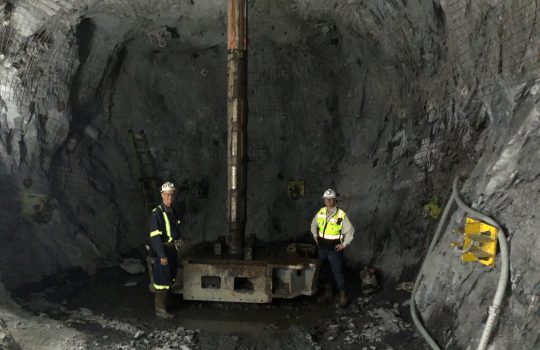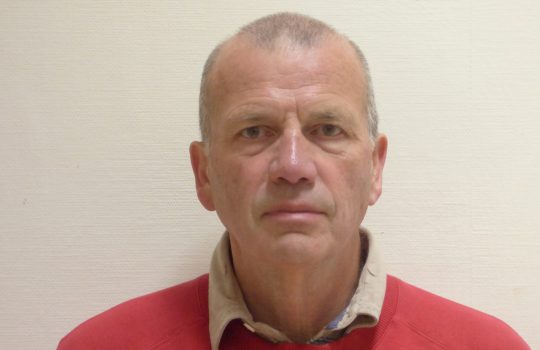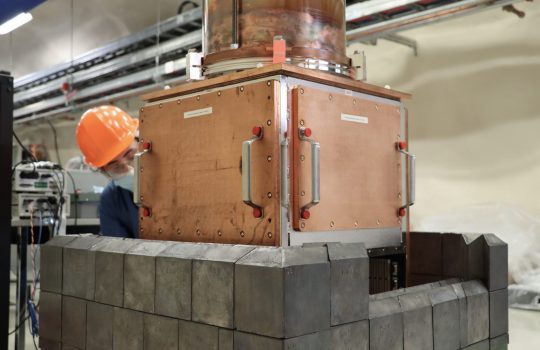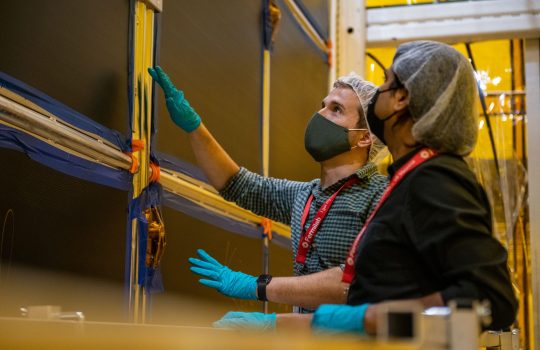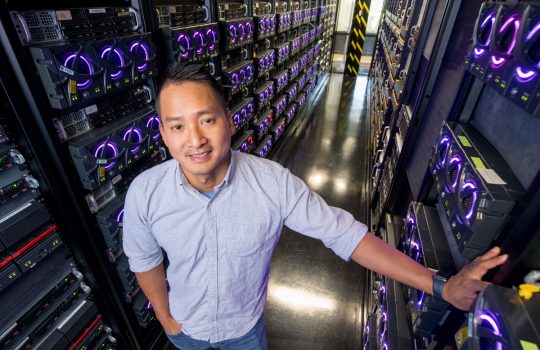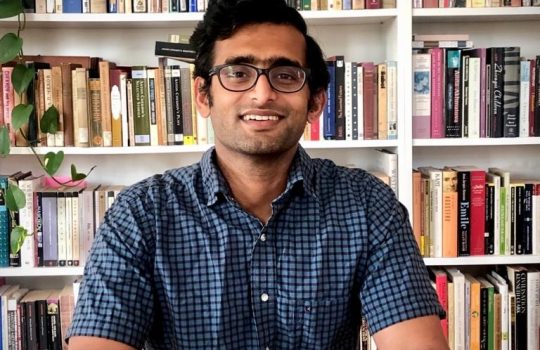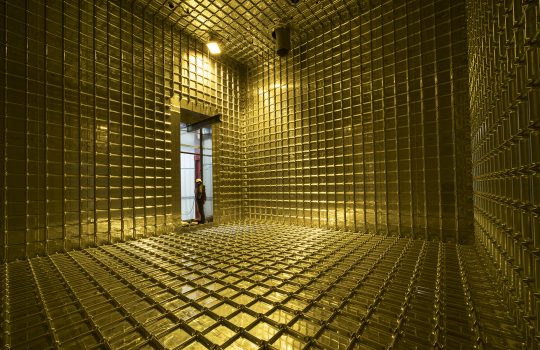Fermilab sees record performance from next-generation accelerator component
Accelerator experts at three national labs have advanced the next generation of cryomodules, the building blocks of particle accelerators. A prototype built for the high-energy upgrade of SLAC’s LCLS-II X-ray laser has advanced the state of the art, packing more acceleration into a smaller distance, and could dramatically improve future accelerators.


